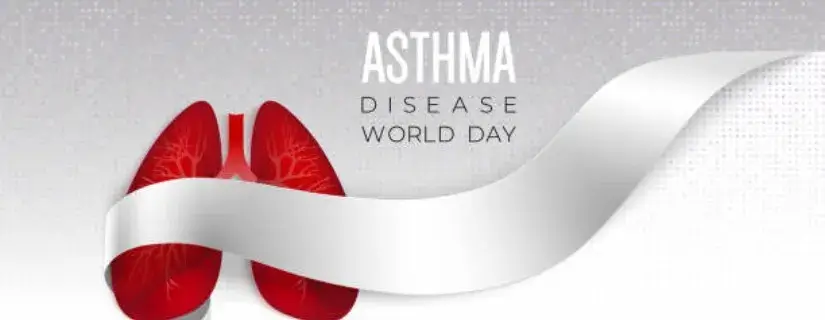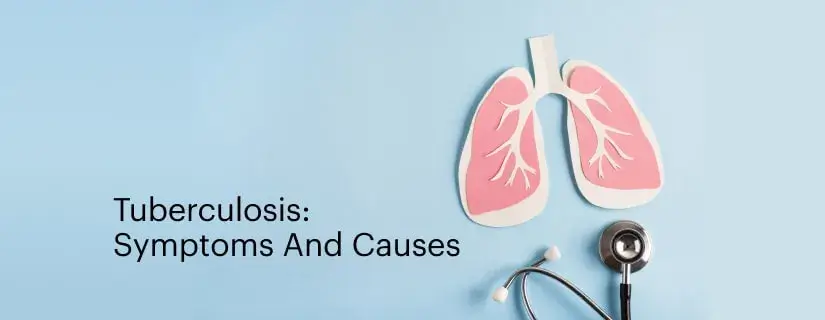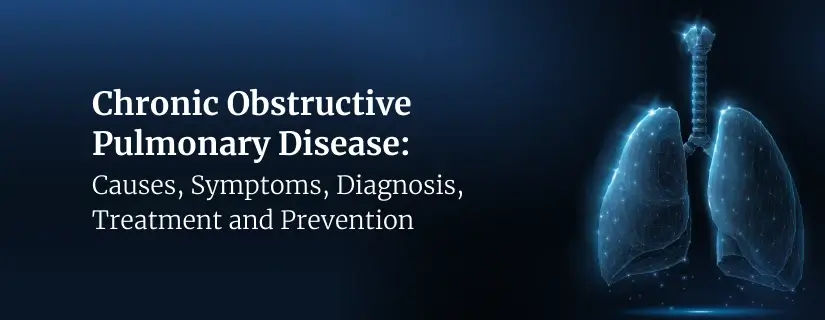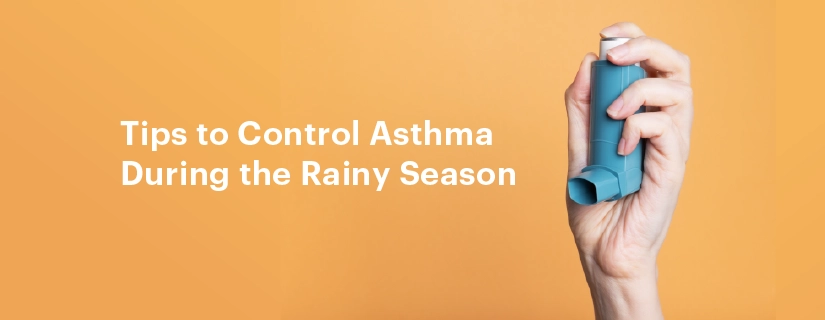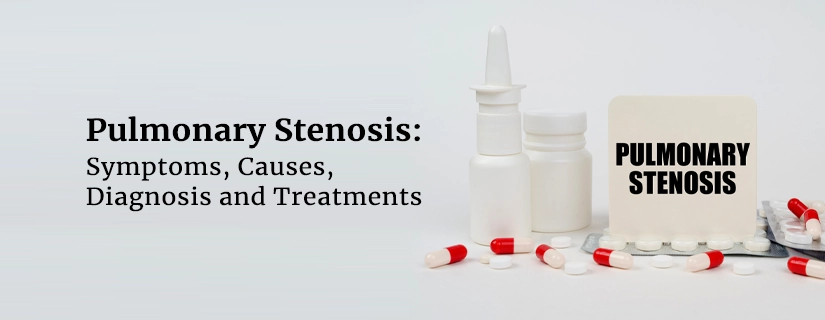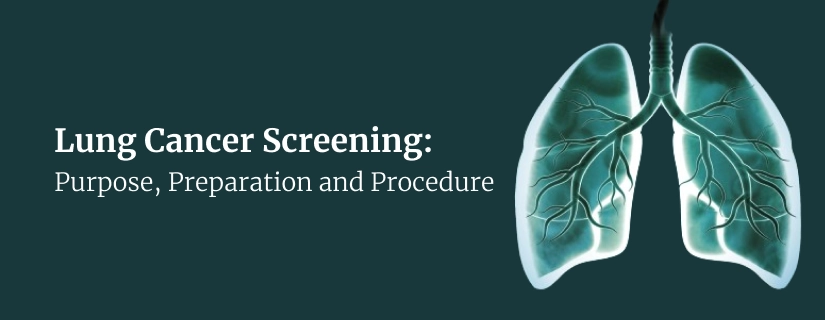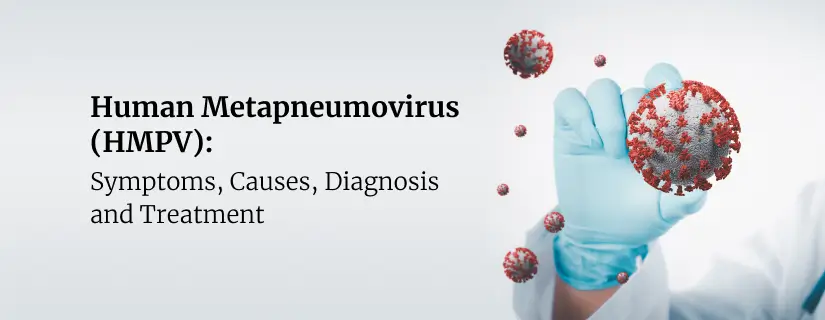-
Doctors
-
Specialities & Treatments
Centre of Excellence
Specialties
Treatments and Procedures
Hospitals & Directions HyderabadCARE Hospitals, Banjara Hills CARE Outpatient Centre, Banjara Hills CARE Hospitals, HITEC City CARE Hospitals, Nampally Gurunanak CARE Hospitals, Musheerabad CARE Hospitals Outpatient Centre, HITEC City CARE Hospitals, Malakpet
HyderabadCARE Hospitals, Banjara Hills CARE Outpatient Centre, Banjara Hills CARE Hospitals, HITEC City CARE Hospitals, Nampally Gurunanak CARE Hospitals, Musheerabad CARE Hospitals Outpatient Centre, HITEC City CARE Hospitals, Malakpet Raipur
Raipur
 Bhubaneswar
Bhubaneswar Visakhapatnam
Visakhapatnam
 Nagpur
Nagpur
 Indore
Indore
 Chh. Sambhajinagar
Chh. SambhajinagarClinics & Medical Centers
Book an AppointmentContact Us
Online Lab Reports
Book an Appointment
Consult Super-Specialist Doctors at CARE Hospitals
Interventional Bronchoscopy Treatment of Lung Cancer
Updated on 22 August 2022
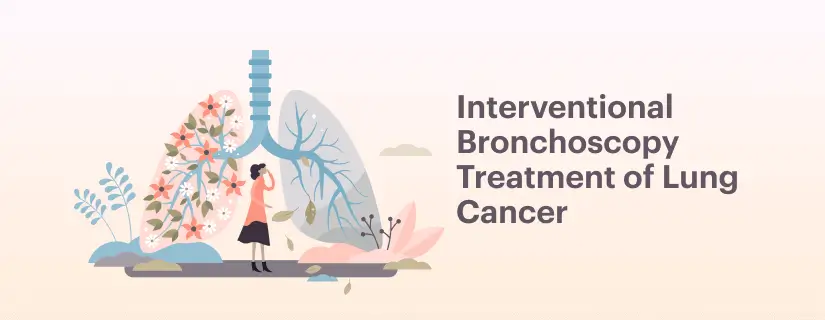
Bronchoscopy is utilised by the pulmonology departments in the treatment of advanced Pulmonary diseases. It has also become part of interventional pulmonary treatment used by top oncologists across the globe. This medical technique is helpful in lung cancer treatments.
What is Interventional Bronchoscopy?
Interventional Bronchoscopy is a procedure that uses minimally invasive techniques by inserting a camera to look inside the respiratory airways to access and examine the lungs. It is useful for diagnostic as well as therapeutic effects.
A bronchoscope is inserted in the patient’s mouth or nose, and then it is passed through the airways to reach the lungs. It has a flexible and thin tube with a video camera and light. Any abnormal areas found by a chest X-ray or CT scan can be further investigated with the help of bronchoscopy. A biopsy is done to know if there is cancer. A sample is collected by this procedure and sent to the lab.
Why is Interventional Bronchoscopy Used to Treat Lung Cancer?
Interventional bronchoscopy is becoming popular for treating lung cancer because of the following apparent reasons:
- It is useful for the management of central airway obstruction and for the diagnosis and treatment of peripheral lung nodules.
- It is a reliable procedure for both early and advanced-stage lung cancer.
- Preoperative localisation of peripheral pulmonary nodules becomes possible because of this interventional bronchoscopy.
- It can relieve dyspnea.
- It increases life expectancy when used together with chemotherapy and radiotherapy.
- Rigid bronchoscopy can do other interventional treatments too. It removes tumours and also stops bleeding. Placement of stents, ablation and ball dilation can be performed with this.
This technique is useful when used with electrocoagulation and argon plasma coagulation.
The cases of lung cancer are rising, and it is becoming inevitable to treat malignant airway obstruction through techniques like interventional bronchoscopy. A certain number of patients also face benign airway obstruction and need foreign body extraction. For them also, this treatment is found to be useful.
How is Interventional Bronchoscopy procedure is performed?
The interventional bronchoscopy procedure typically involves the following steps:
- Preparation: The patient is prepared, and anaesthesia may be administered to numb the throat or induce sedation, depending on the procedure's complexity.
- Bronchoscope Insertion: A thin, flexible tube with a camera (bronchoscope) is inserted through the mouth or nose and into the airways.
- Visualisation: The camera provides real-time images of the airways, helping the doctor locate abnormalities, such as tumours or blockages.
- Biopsy or Treatment: If a tumour or abnormality is found, the doctor can take a tissue sample (biopsy) or perform treatments like tumour removal, laser therapy, or stent placement.
- Recovery: After the procedure, the patient is monitored as they recover from the effects of anaesthesia or sedation.
- Follow-up: The collected samples are sent for analysis, and the patient may require additional treatments based on the diagnosis.
The specific details of the procedure can vary depending on the patient's condition and the purpose of the interventional bronchoscopy. It's a minimally invasive technique used for diagnostic and therapeutic purposes in lung and airway-related conditions.
Interventional Bronchoscopy Treatment
There are different stages in which the Interventional Bronchoscopy Treatment this treatment is divided.
- Before: The Best Pulmonologist in Hyderabad will discuss the drugs you are already taking. The blood thinning medicines have to be stopped before doing this test. You will not be allowed to eat or drink for a few hours before it.
- During: It is an outpatient procedure, and you do not need to get admitted to get this test done. You have to lie on the table with a slightly raised head. Anaesthesia is given to numb the throat area (a patient falls asleep only when general anaesthesia is used). The procedure usually takes 30 minutes or more, depending on each case.
- After: Once the test is done, your condition will be observed, especially when you have been administered a sedative. The numbness should go away before you eat or drink. The doctor will give you a few essential instructions that need to be followed post-procedure.
Possible Complications of Interventional Bronchoscopy
Though the risk associated with interventional bronchoscopy is not much, there are still chances that there could be some complications following this procedure, such as:
- Part of a lung might collapse.
- There could be bleeding in the airways.
- Lung infection/Pneumonia
An X-ray might help to find out the problems caused by interventional bronchoscopy. Only the symptoms that do not settle on their own might need medical attention like fever, coughing with blood, trouble breathing, and chest pain.
Conclusion
There are many treatments and medications available to treat lung cancer. Interventional bronchoscopy is one of the leading ways to offer diagnosis and treatment of lung cancer offered at the best Pulmonology hospital in Hyderabad. It is useful in many ways for the problems associated with thoracic malignancy and other issues.
ENQUIRY FORM
SELECT CATEGORIES
-
Neurosciences (16)
-
Neurology (38)
-
Neurosurgery (14)
-
Orthopaedics (48)
-
Oncology (33)
-
Obstetrics and gynecology (52)
-
Pulmonology (23)
-
Urology (20)
-
Nephrology (13)
-
Psychiatry (7)
-
Dietetics and Nutrition (111)
-
General Medicine (63)
-
Cardiac Sciences (32)
-
Vascular & Endovascular Surgery and Interventional Radiology (15)
-
Gastroenterology (46)
-
Endocrinology (23)
-
Plastic Surgery (10)
-
Critical Care Medicine (5)
-
COVID-19 (16)
-
Dermatology (16)
-
Emergency Care (1)
-
Ophthalmology (4)
-
Pediatrics (14)
-
Laparoscopic and Bariatric Surgery (8)
-
ENT (15)
-
Kidney Transplant (1)
-
Liver Transplantation and Hepatobiliary Surgery (5)
-
General Surgery (3)
-
Internal Medicine (5)
-
Medicine Information
Pneumonia- Causes, Symptoms, and Treatment
Pneumonia: Causes, Symptoms and Risk Factors
YOU MAY ALSO LIKE
RECENT BLOGS
-
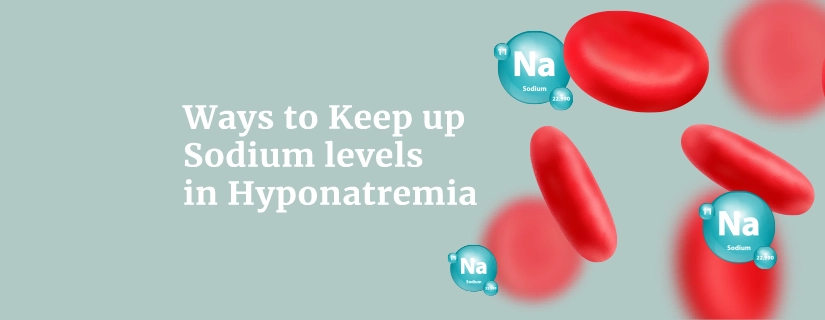
Ways to Keep up Sodium levels in Hyponatremia
11 December 2025
Read More
-

12 Health Benefits of Apple Cider Vinegar
1 December 2025
Read More
-

Vitamin B6 Vs B12: What Is the Difference?
1 December 2025
Read More
-

8 Health Benefits of Vitamin B Complex
1 December 2025
Read More
-

15 Home Remedies for Stomach Pain
1 December 2025
Read More
-
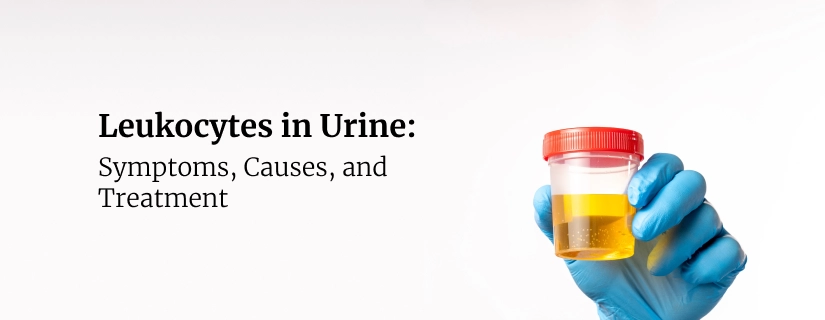
Leukocytes in Urine: Symptoms, Causes, and Treatment
1 December 2025
Read More
-

Lower Back Pain in Women: Causes, Symptoms, Treatment and More
1 December 2025
Read More
-
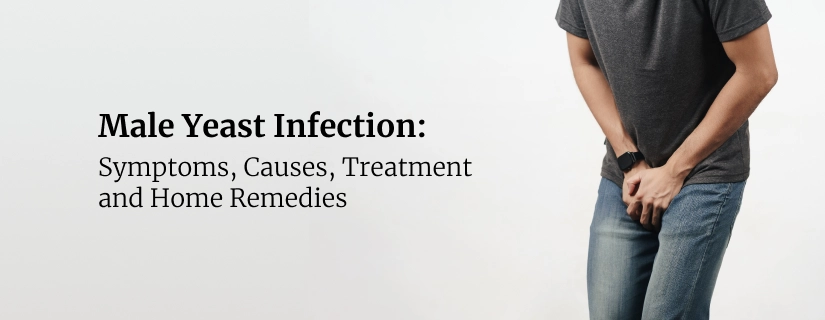
Male Yeast Infection: Symptoms, Causes, Treatment and Home Remedies
1 December 2025
Read More
Have a Question?
If you cannot find answers to your queries, please fill out the enquiry form or call the number below. We will contact you shortly.





